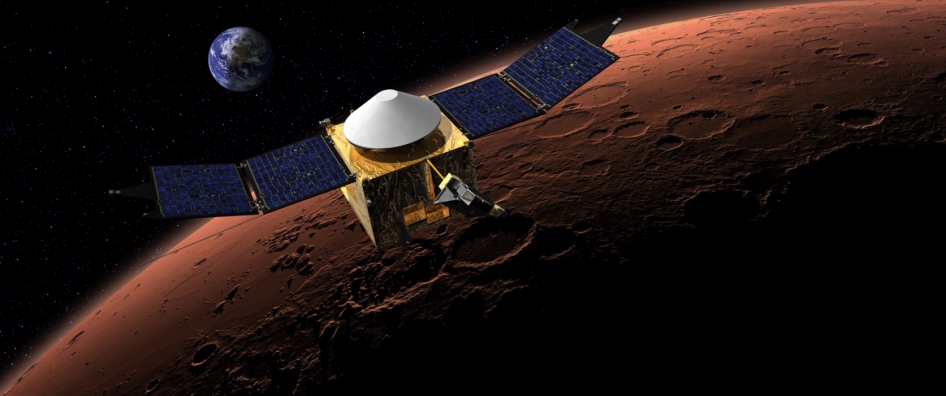
Don Cohen, Managing Editor
In their frank analysis of the failure of the Wide-field Infrared Explorers primary mission (“WIRE: Learning from Failure”), Bryan Fafaul and Kerry Ellis explain that this project based on “insight, not oversight” didn’t have enough of either.  Poor communication meant that essential testing was inadequately done. Reflecting on his experience as mission manager for WIRE, Fafaul says, “I remind everybody constantly that we are all systems engineers.” In other words, everyone on a project should understand the wider context of the work—not only how the technical pieces fit together, but the influence of managerial and organizational issues on how work gets done.
Poor communication meant that essential testing was inadequately done. Reflecting on his experience as mission manager for WIRE, Fafaul says, “I remind everybody constantly that we are all systems engineers.” In other words, everyone on a project should understand the wider context of the work—not only how the technical pieces fit together, but the influence of managerial and organizational issues on how work gets done.
The importance of that wider context is a central theme in this issue of ASK. Karl Saad’s story of Canada’s contribution to the James Webb Space Telescope details some technical challenges, including developing a new instrument at a late date when the one originally planned ran into problems. But he especially emphasizes the importance of understanding and communicating the big picture, including political pressures on program funding and how his Canadian Space Agency team connects to the much larger NASA team. Alessandro Ercolani (“The Importance of Human Factors”) talks about the value of avoiding overspecialization on the European Space Agency projects he has managed. Team members with a range of skills can help one another when problems arise. (He also notes the importance of keeping other projects informed about how these changes will affect them.)
Roger Forsgren’s recounting of the story of how Abraham Lincoln managed a cabinet crisis provides another example of focusing on the broader context—in this case, the need to win a war and preserve the Union. Lincoln did not let personal animosities or the problems caused by difficult people stand in the way of forming the talented team he needed to succeed.
A corollary of the big-picture approach is that bringing together people with different expertise helps projects. Their shared work and shared conversations counter the dangers of too narrow a focus and are likely to uncover problems at system interfaces that can doom missions. So Bryan O’Connor, in the interview, talks about the value of having skilled safety personnel involved in the earliest stages of design and development. And Dava Newman describes the benefits of involving engineers, astronauts, scuba-diving experts, and designers of motorcycle-racing outfits in the creation of a new, more flexible spacesuit.
There are other extraordinary scientific and technical feats described in this issue of ASK: advances in solar science; the Juno mission on its way to study the structure and origin of Jupiter; the development of a car expected to reach speeds above 1,000 mph. We enjoy celebrating those wonders in the magazine. But we continue to pay more attention to the human and managerial context of these efforts than to their technical dimensions.
Why? Because no amount of technical skill will make up for problems in those areas. And because, as Fafaul tells us, “management anomalies” are more difficult to address than technical ones—harder to recognize and understand, and harder to fix.
Write to the Author
- Contact Don Cohen
More Articles by Don Cohen
- In This Issue (ASK 44)
- In This Issue (ASK 43)
- Interview with Steven Smith (ASK 43)
- In This Issue (ASK 42)
- Interview with Rüdiger Süß (ASK 42)
- View More Articles







